Installation Cables: The Backbone of Electronics Installation
What are installation cables?
Installation cables are one of the most important components in the installation of modern electronics. They consist of multiple insulated, copper cores, which are contained within a sheath of PVC or halogen-free polymer. This protects the individual cores from mechanical loads and environmental influences. The tried and tested NYM cable is one of the most-used cable types in building automation. A NYM sheathed cable refers to a cable standardised according to VDE (N), whose cores are insulated with PVC (Y), and encased in a PVC sheath (M).
Application areas and safety features
Whether in apartments, office complexes, industrial plants, or in public buildings, installation cables can be found statically installed inside walls, protected within pipes, or neatly atop cable racks. Here, you will also find flat cables with cores that lay next to one another. They can be inconspicuously installed beneath plaster but are only permissible for use in dry areas. Some important technical characteristics of installation cables are their fire behaviour according to EN 13501 and their mechanical strength. This halogen-free, sheathed cable is especially well suited for emergency escape routes as has a low fire propagation rate and produces little smoke.

What we have to offer—At a glance
- Maximum safety: Halogen-free, sheathed cables with low smoke development protect people and machines in the case of fire
- Proven quality: Our products are certified according to VDE and other international standards and stand for consistent high quality and conformity with standards.
- Complete solution from a single source: From standard cables to suitable stripping tools, you can find everything you need for professional installation
- Immediate availability: We deliver over 200 cross-sections and variations directly from our warehouse, meaning no waiting to complete your projects
Discover our installation cables
Properties of modern installation cables
Installation cables now provide far more than just basic functionality. Many sheathed cables are heat resistant up to 70°C or higher. The halogen-free sheathed cable is an especially safe variation that releases no toxic or corrosive gases when burned. Some special designs, such as statically screened installation cables for telecommunications applications, even guarantee functional integrity—they continue to transmit electricity even during a fire.
Quality Acc. to Standards and Certifications
HELUKABEL inspects, tests, and certifies its cables and wires according to international standards, such as the VDE. This way, we ensure the highest level of safety and quality for different branches. For this, we use our own laboratories as well as work together with external testing facilities such as the VDE. Many products therefore carry a VDE number and are regularly inspected during production according to VDE standards. Consistently maintaining these specifications ensures that our cables retain national and international approvals and can be safely and reliably used.
Professional processing with HELUTOOL
For professional installations, we recommend the HELUTOOL HAM29 cable stripper. This tool removes the sheath with precision, without damaging the cores. It saves time, is easy on the hands, and delivers precise results—all without any risk of injury.
Take a look for yourself and see how easy it is:
FAQ
NYM-J refers to a sheathed cable according to German standards. "N" stands for "Normleitung" (standardised cable), "Y" stands for PVC core insulation, "M" for "Mantelleitung" (sheathed cable with additional PVC sheath), and "J" stands for the green-yellow protective conductor/core.
Brown and black are the outer conductors (electricity carriers), blue is a neutral conductor, and green-yellow is a protective conductor (earthing). This colour coding is standardised across Europe. Core labelling acc. to DIN VDE 0293-308.
NYM cables are only suited for limited outdoor use. They cannot tolerate direct UV rays or moisture. For outdoor installations, use special underground cables or protect the cables with pipes. See the usage information on the respective cable's data sheet.
More Products for Industrial & Machinery Sector:
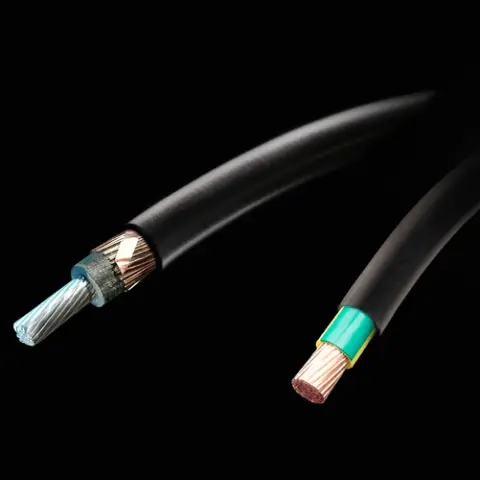
Energy & Power Cables
DISCOVER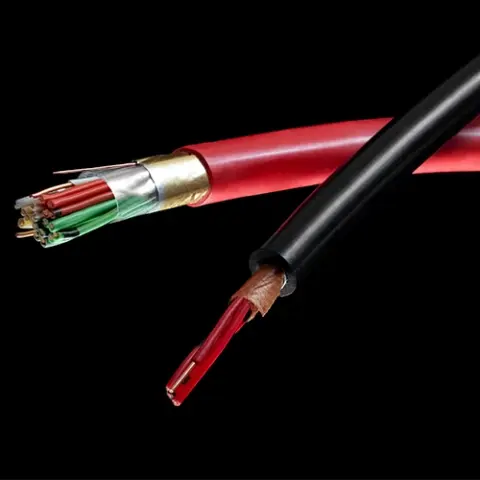
Telecommunication & Fire Alarm Cables
DISCOVER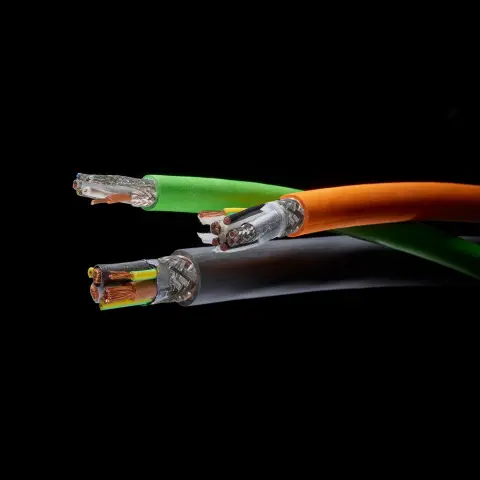
Motor, Servo & Feedback Cables
DISCOVER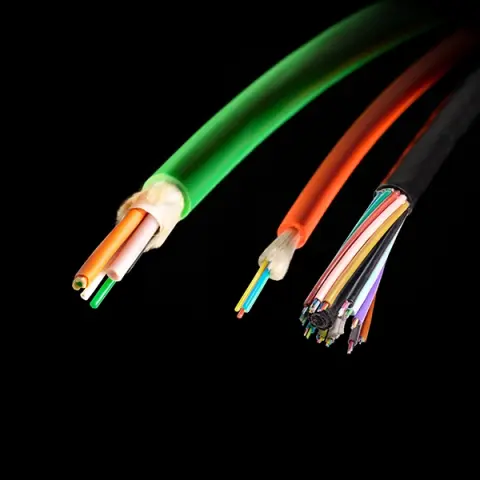
Fibre Optic Cables
DISCOVER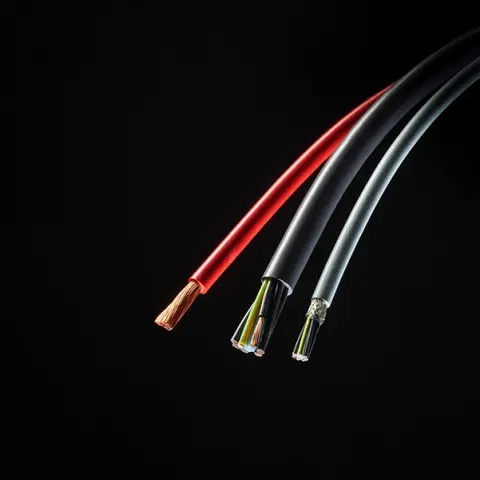
Cables According to International Standards
DISCOVER
Industrial Ethernet Cables
DISCOVER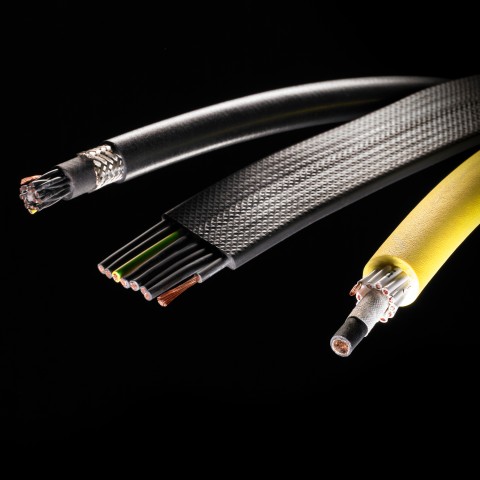
Cables for Continuous Motion Applications
DISCOVER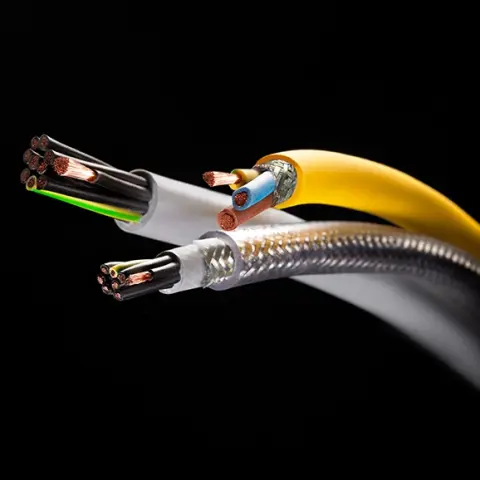
Control and Connection Cables
DISCOVER


